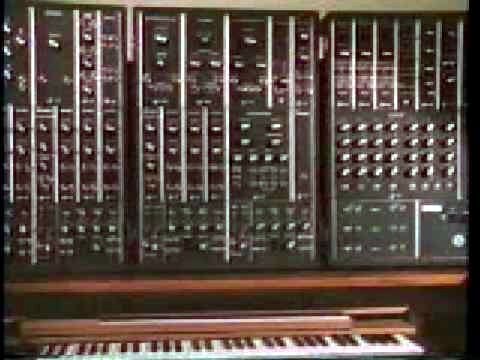
We take it for granted today that a lot of the music we hear includes synthesized instruments and sounds. But looking all the way back to 1983 for this Discovering Electronic Music video series provides a glimpse of the humble beginnings of the technology. The first five minutes of part one may annoy your aurally, but it’s worth it as that’s the point at which we get into sound generation using equipment like that seen above. All three parts in the series are embedded below; about twenty minutes of video in total.
Mixer boards and other control interfaces used today still have a large area of real estate devoted to knobs and adjustments. But they also include a ton of software processing options which weren’t available until computers became both affordable and ubiquitous. What’s shown in the video is a set of hardware interfaces that process signals from oscillators or alter recorded sound. We’ve spent a lot of time marveling about software defined radio and how it’s making RF hacking accessible to the masses. But who here hasn’t done at least a bit of tinkering in electronic music using any of the myriad of audio software? Would you have done that if you needed to build your own envelope and filter circuitry?
[Thanks David]















also a very cool documentary: “The alchemists of sound” about the BBC radiophonic workshop: http://www.youtube.com/watch?v=DFznOcOOSec
came here to post this, also.
its amazing what they did back then with microphones and tapes.
This about sums it up:
http://www.youtube.com/watch?v=n6QsusDS_8A
Herbie makes an excellent point in that bit at the end: no matter how tricked out your synthesizer may be, it’s still a tool, and up to you to use it to breathe life into your work. This is something the self-proclaimed musicians in the video series above seem to have lost somewhere along the endless path of technical noodling. The funk will prevail.
Note the Apple II just above the keyboard in that video. The Fairlight CMI was a dual-processor 6800 machine; the Apple was a 6502.
Just because it’s not funky doesn’t mean it’s lifeless. Also, not everyone likes funk.
this also
http://www.youtube.com/watch?v=6MsyOe7xCqg
whats wrong with HaD Theme??
Whoah, white background and white text in articles and comments, is this just me?
mine is fine. could be a server issue earlier or something.
How is the IE compatibility view test going on your side?
ChucK:
http://chuck.cs.princeton.edu/
ChucK : Strongly-timed, Concurrent, and On-the-fly
Music Programming Language
UANAEIAEIEIO! Audio Analysis => ChucK:
http://chuck.cs.princeton.edu/uana/
Dancing Robots?
Music Feature Extraction!
we sure have come a long way, the sampling rate beck then really sucked.
Don’t forget Raymond Scott and his Electronium. One of the first synths.. http://www.youtube.com/watch?v=ogJlnNqSHt0
To answer the question posed at the end of the article, “Heck, yes!” In elementary school, I wanted to be a scientist. I was well into that mindset until I heard “Switched On Bach” by Walter Carlos in the 10th grade. I became obsessed with electronic music from that point on, and began cobbling together parts to build my own gear. During the seventies, I built several analog synthesizers from parts bought from PAIA, circuits from Electronotes. When everything started to go digital, I started studying computers, and became immersed in them instead. However, I still feel incomplete unless I have a musical keyboard in the house. I still idolize Herbie Hancock Thanks for the flashback!
Go Herbie brings back memories. Man ahead of his time. Loved his sounds.